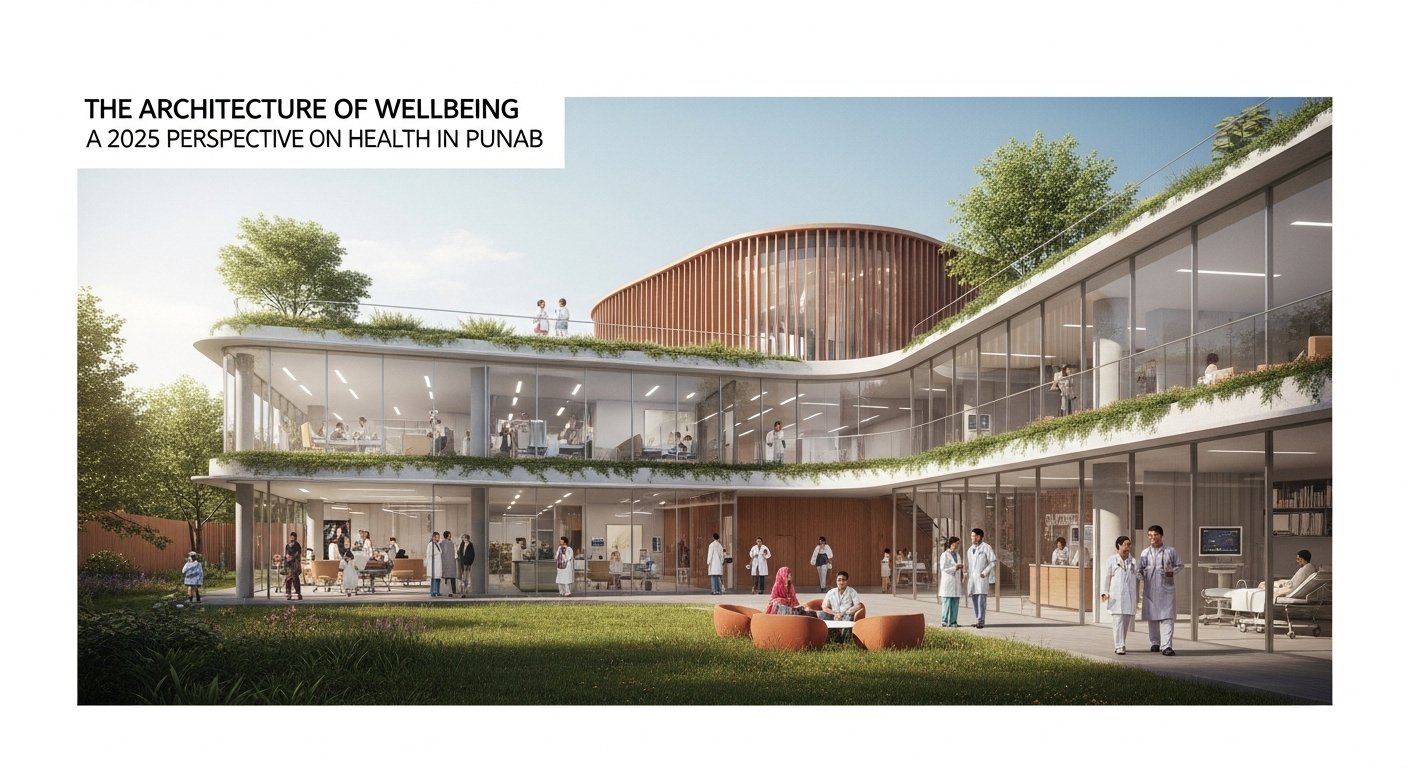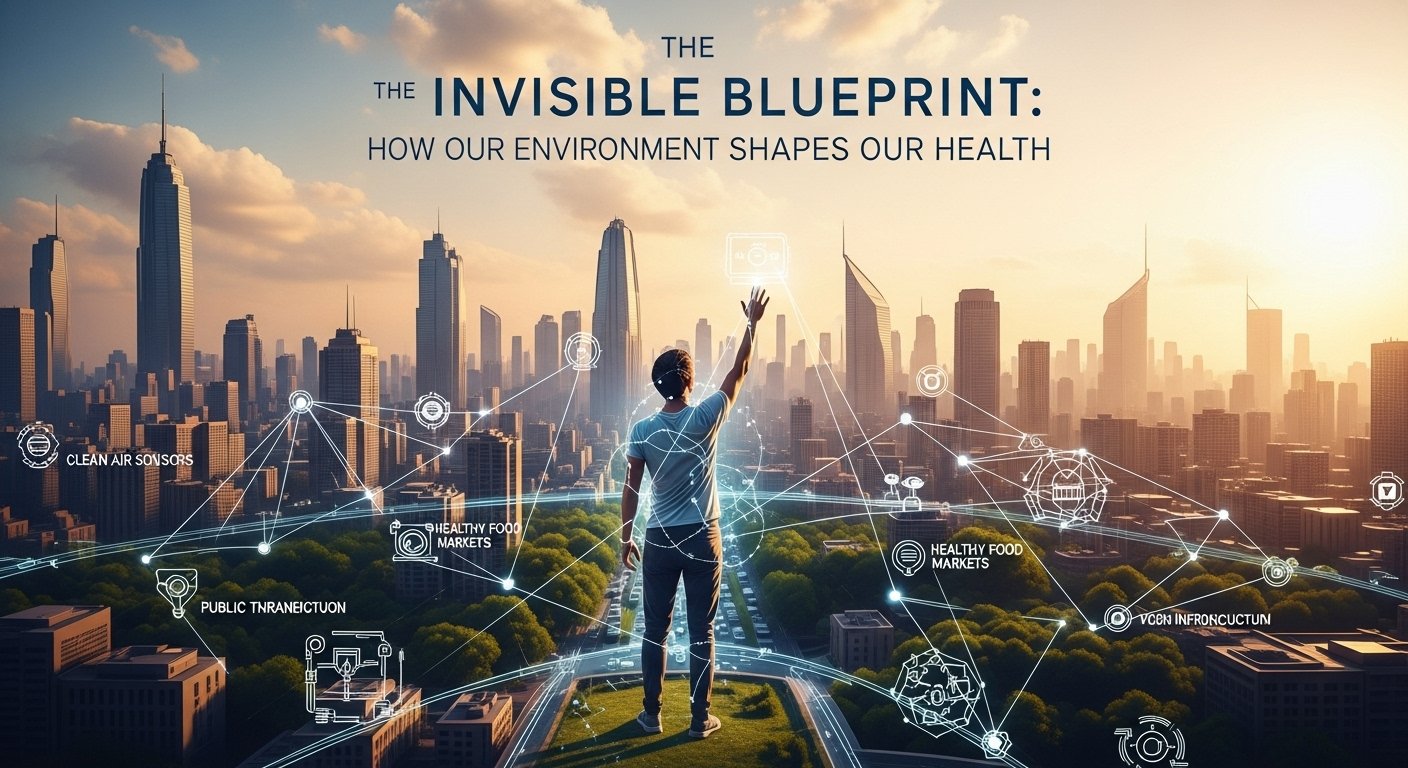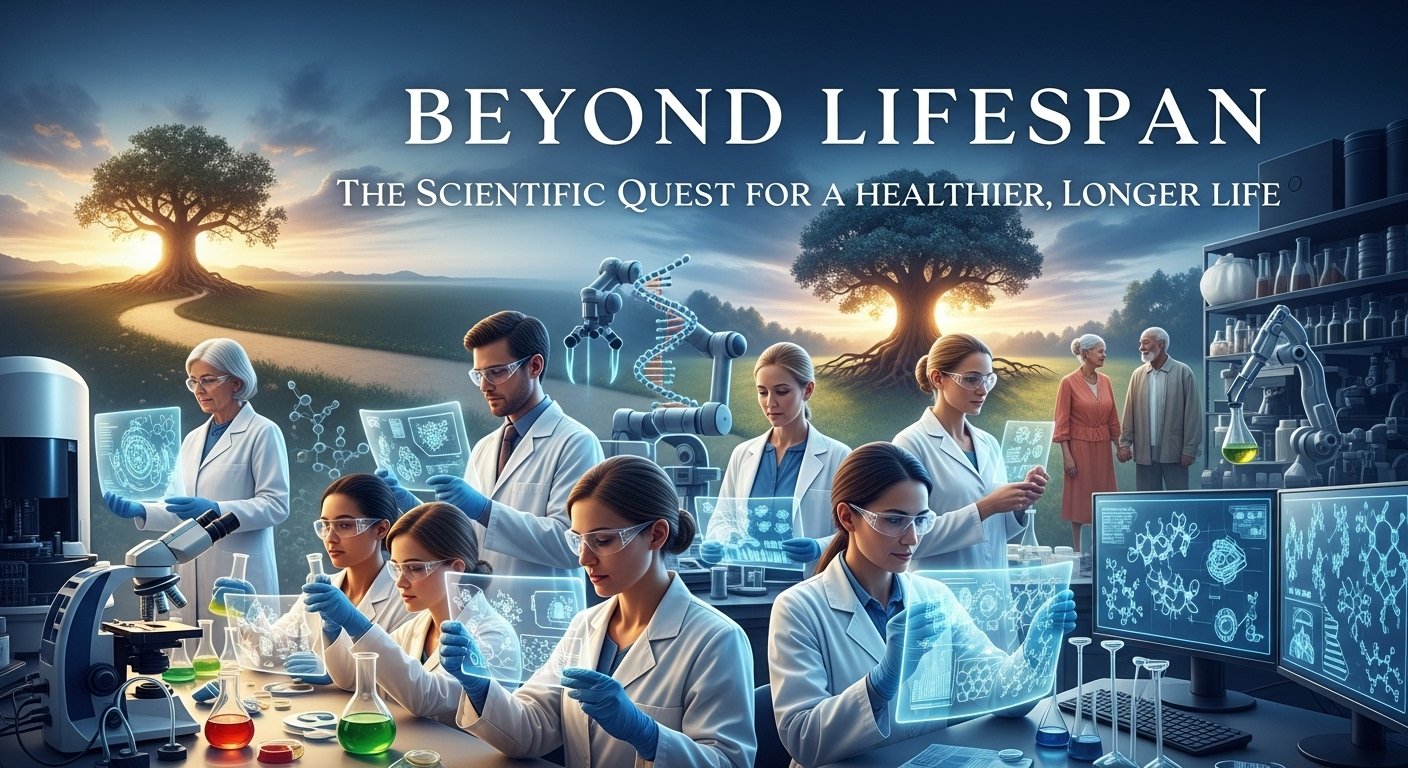In the towns and villages of Punjab, a timeless proverb is often shared: “Jaan hai tou jahan hai”—if you have health, you have the world. This simple phrase encapsulates a profound truth that resonates globally but holds a particular weight here in 2025. Health is not merely the absence of a cough or a fever; it is the fundamental currency of life. It is the energy to work the fields, the clarity of mind to navigate family life, the resilience to withstand a changing climate, and the foundation upon which all other aspirations are built.
The World Health Organization defines health as “a state of complete physical, mental and social well-being and not merely the absence of disease or infirmity.” Achieving this holistic state in the modern world requires navigating a complex landscape. For an individual in Sangla Hill, it means balancing the richness of traditional life with the pressures of modernity, confronting environmental challenges unique to our region, and making informed choices within an evolving healthcare system. This is a look at the architecture of health, from a local perspective.
The Foundation: Physical Health in a Shifting Landscape
Our physical wellbeing is the bedrock of our lives, shaped by what we consume, how we move, and the environment we inhabit.
1. Nutrition: The Double-Edged Sword of Diet
The traditional Punjabi diet is one of hearty abundance, built around staples like wheat (gandum), lentils (daal), vegetables, and dairy. There is immense strength in this heritage. However, our region is undergoing a “nutritional transition.” While many still benefit from home-cooked, whole foods, there is a rising tide of processed snacks, sugary drinks, and an over-reliance on cooking oils that is contributing to a silent epidemic of Type 2 diabetes and hypertension. The challenge for our generation is to find a balance: to cherish the nourishing traditions of our past while being mindful of the excesses that threaten our future. Prioritizing whole grains, lean proteins, and fresh produce is not a Western concept; it is a return to the wisdom of our own ancestors.
2. Movement: Reclaiming an Active Life
Historically, life in Punjab was physically demanding. Agriculture, trade, and daily chores required constant movement. Today, mechanization and more sedentary occupations mean that an active lifestyle is no longer a given; it must be a conscious choice. This doesn’t require expensive gym memberships. It can be as simple as a brisk daily walk, the spirited street cricket that fills our neighborhoods with energy, or dedicating time to traditional physical arts. Movement is essential not just for the body, but for the mind, releasing stress and improving mood.
3. Environmental Health: The Air We Breathe, The Water We Drink
We cannot separate our personal health from the health of our environment. In Punjab, this is a stark reality. The seasonal smog that blankets our cities and towns poses a significant threat to respiratory health, particularly for children and the elderly. Furthermore, access to clean drinking water remains a critical challenge, with water-borne diseases like typhoid and hepatitis being persistent public health concerns. In recent years, the growing intensity of summer heatwaves has added another layer of risk, making heatstroke and dehydration serious threats. Protecting our health means advocating for and participating in efforts to ensure cleaner air, safer water, and a more sustainable environment.
The Inner World: Nurturing Mental and Social Wellbeing
True health extends beyond the physical into our mental and emotional lives. The mind and body are inextricably linked; the stress of daily life (pareshani)—be it from economic pressures or social obligations—takes a physical toll, weakening our immunity and draining our energy.
In our culture, the family and community provide a powerful support system, a source of strength in difficult times. However, there often remains a deep-seated stigma around openly discussing mental health struggles. The fear of judgment can lead to silent suffering. It is vital that we begin to see mental wellbeing as an essential component of overall health. Seeking help from a counselor or therapist is not a sign of weakness but an act of profound strength and self-care. Simple, accessible practices like prayer or meditation, spending time in nature, and maintaining strong, positive social connections are powerful tools for building mental resilience.
The Collective Responsibility: Healthcare and Prevention
Individual health is deeply intertwined with the public health infrastructure and the accessibility of medical care. In Pakistan, this system is a mix of government-run facilities, from the Basic Health Units (BHUs) that serve rural communities to the large tertiary care hospitals in major cities, alongside a growing private sector. For many in areas like Sangla Hill, accessing specialized care can be a challenge.
This reality underscores the overwhelming importance of prevention. A single vaccination is infinitely more powerful than the most complex cure. The immense public health efforts in Pakistan, such as the polio vaccination campaigns, have demonstrated the power of preventative medicine. Health education on issues like sanitation, hygiene, and nutrition is a critical investment in our collective future. In public health, the impact of disease is often measured in Disability-Adjusted Life Years (DALYs), a metric that combines the years of life lost to premature death and the years lived with a disability.
DALY=YLL+YLD
By focusing on prevention—through vaccination, clean water initiatives, and health education—we can dramatically reduce the DALYs lost to preventable illnesses and build a healthier society from the ground up.
Technology and the Future of Health
By 2025, technology, particularly the mobile phone, has emerged as a powerful tool for bridging gaps in healthcare. Telemedicine holds immense promise, allowing a patient in a rural clinic to consult with a specialist in Lahore or Faisalabad, saving time and travel costs. Health information, once scarce, is now readily available through apps and websites, empowering individuals to take a more active role in their own health. Public health officials are using data and technology to track and respond to outbreaks of diseases like dengue fever with greater speed and precision.
However, this technological access comes with its own challenge: the threat of misinformation. False cures and anti-vaccine propaganda can spread rapidly through social media and messaging apps, undermining years of public health progress. Digital literacy—the ability to critically evaluate information online—is becoming an essential life skill.
Conclusion: The Shared Journey to Wellbeing
“Jaan hai tou jahan hai.” In 2025, securing this “Jaan”—this complete state of physical, mental, and social wellbeing—is a journey that requires both personal responsibility and collective action. It demands that we make conscious choices about our diet and lifestyle, while also advocating for a healthier environment and a more equitable healthcare system. It asks us to care for our own minds with the same urgency we care for our bodies, and to extend that compassion to those around us.
The challenges are real, but they are not insurmountable. By embracing the wisdom of our traditions, leveraging the power of new technologies, and focusing on the simple, foundational pillars of prevention and education, we can build a future of greater health and vitality for ourselves, our families, and our community. Health is the true wealth, and it is an inheritance we must actively build and protect together.



